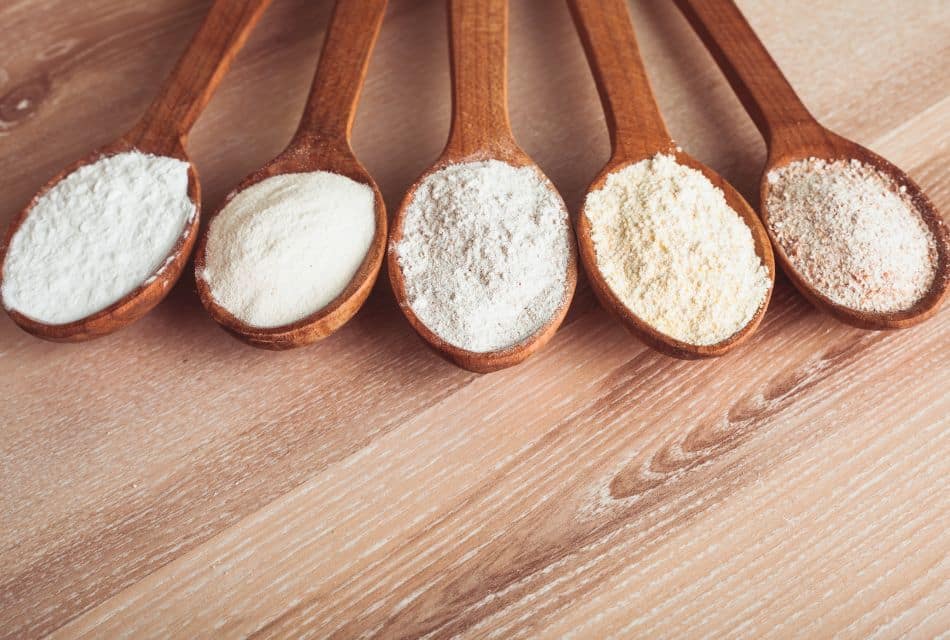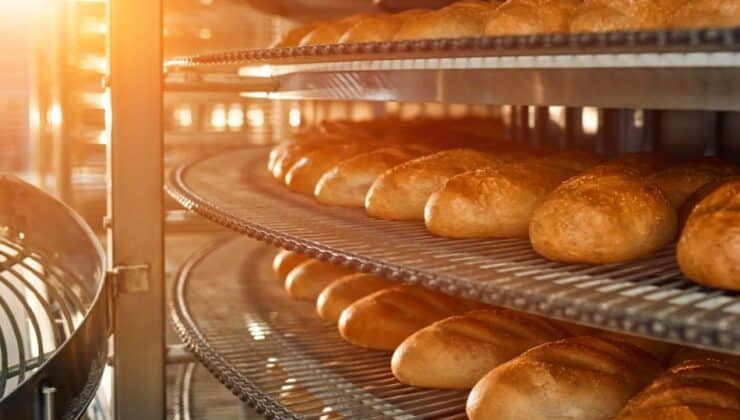Heat-treated flours and starches are used in the production of food solutions with similar objectives and different results.
The choice of one or the other is determined by its suitability for the functionality of the final product.
Both options are used in the food industry as thickeners and texturising agents in various food solutions such as soups, sauces, spreads and so on. The choice between heat-treated flours or starches will depend on the manufacturer’s priorities and will certainly have an impact on manufacturer’s priorities and will certainly have an impact on aspects such as baking stability, final taste or texture.
Flours thermo-treated from first quality raw material at origin, as Molendum Ingredients, a subsidiary of the Dacsa Group, does, are flours that extend and improve the spectrum of applications of traditional flour and are obtained from specific heat treatments to which grains and flours are subjected, improving their water absorption capacity, their stability and extending the useful life of the product.
The treatments applied determine the final use of the flours and Molendum offers them in three types: pre-cooked flours, pre-gelatinised flours and stabilised flours. All three have functional characteristics similar to those of starches, but at the same time they are different.
In the case of pre-cooking and pre-gelatinisation, the flours are subjected to a cooking process by extrusion, heat and mechanical treatment to selectively modify the starch granule, achieving a high rate of water absorption, eliminating anti-nutritional factors, mitigating the bitter taste of legumes and ancestral grains, and inactivating enzymes to achieve stable viscosity and reducing the macrobiotic load with less aggressive sterilisation treatments; mitigating the bitter taste of legumes and ancestral grains and, in addition, inactivating enzymes, achieving stable viscosity and reducing the macrobiotic load with less aggressive sterilisation treatments, which results in improved organoleptic characteristics.
In other words, heat-treated flours undergo a selective modification of their physical, rheological and microbiological properties by means of thermal and mechanical treatments which, in no case, implies that they are recognised as an E-ingredient in the labelling of the products; on the contrary, Molendum Ingredients’ heat-treated flours are 100% natural, clean label and allergen-free.
They are flours that come from different vegetable raw materials, which preserve and provide high quality organoleptic characteristics and a nutritional contribution in line with healthy consumption trends.
For their part, starches, which are the main components of legumes, cereals and ancient grains and tubers, are obtained from the endosperm, through a process of washing flours from cereals such as wheat, maize, rice, or tubers such as potato or cassava, etc., all of which have a high starch content whose thickening properties are activated from 70Cº, thus allowing them to be digested by the human digestive system. Starch manufacturers can change their behaviour by chemical treatments. In this case, their use must be indicated on labelling by mentioning their E number.
The choice between heat-treated flours and starches for the production of food solutions is ultimately a tactical question depending on the quality and the results to be obtained by assessing the balance between the two concepts.
For example, starches tend to improve thickening and gelling capacity, while heat-treated flours are more stable in long cooking processes and/or at high temperatures.
Apart from starch, heat-treated flours have a part of germ and fibre that improves their nutritional properties.





